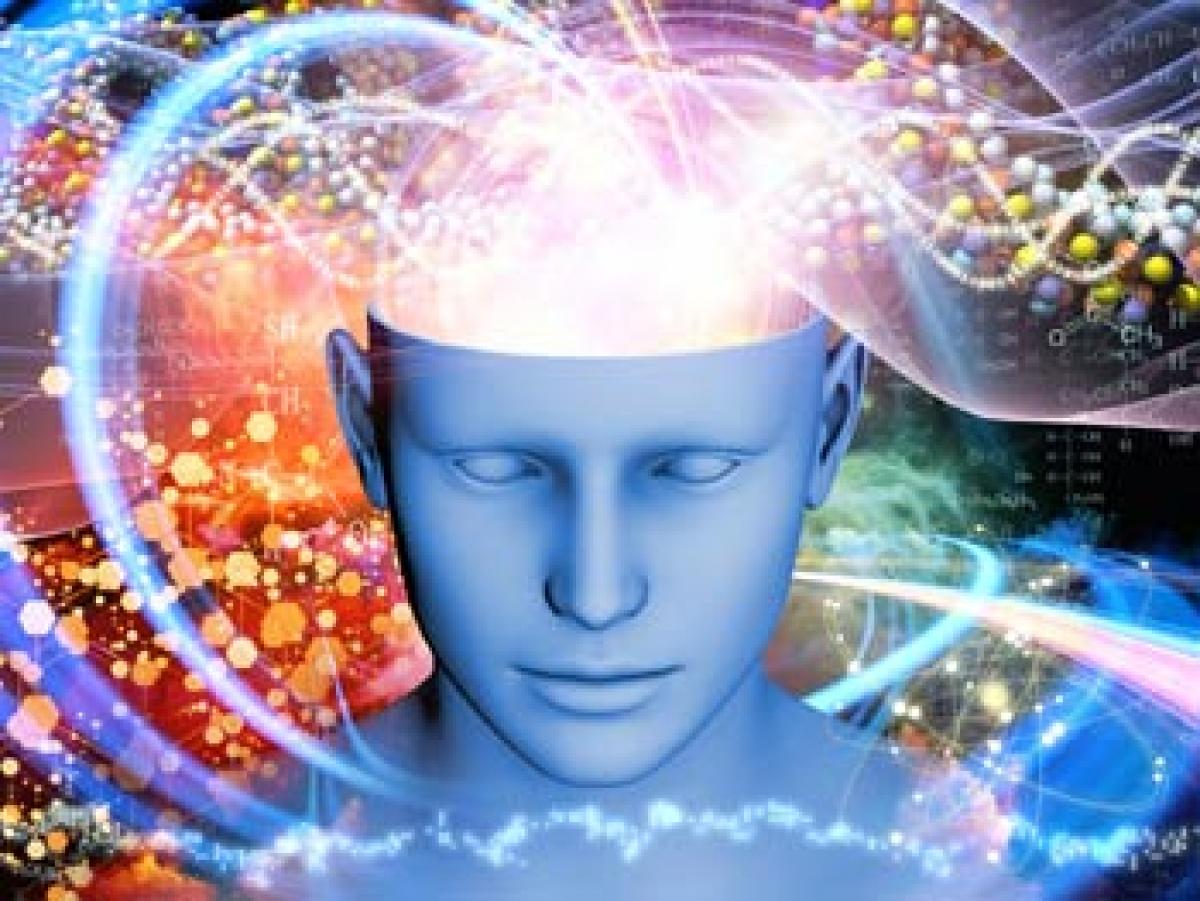Live
- Job mela at Masab Tank tomorrow
- New toilets facilitated for MPP school students
- Steps to safeguard natural springs gain momentum
- RWAs want officials to clear fog over SCB-GHMC merger
- Tanks, canals remain neglected despite execution of MGNREGS works
- BRS to celebrate Deeksha Diwas on Nov 29, Dec 9
- NCC Day grandly celebrated at SITAM
- CITU demands rollback of strategic sale of VSP
- 7-Year-old girl sexually assaulted in Tirupati
- PM Modi highlights govt's efforts to make Odisha prosperous and one of the fastest-growing states
Just In

Scientists have built a \"semantic atlas\" or a brain map that identifies areas that respond to words having similar meanings. The finding can help give voice to those who cannot speak such as victims of stroke, brain damage or motor neuron diseases.
Scientists have built a "semantic atlas" or a brain map that identifies areas that respond to words having similar meanings. The finding can help give voice to those who cannot speak such as victims of stroke, brain damage or motor neuron diseases.
The atlas shows in vivid colours and multiple dimensions how the human brain organises language. While mind-reading technology remains far off on the horizon, charting how language is organised in the brain brings the decoding of inner dialogue a step closer to reality, the researchers noted in the prestigious journal Nature.
For example, clinicians could track the brain activity of patients who have difficulty communicating and then match that data to semantic language maps to determine what their patients are trying to express. The findings show that different people share similar language maps.
"The similarity in semantic topography across different subjects is really surprising," said lead author Alex Huth, postdoctoral researcher in neuroscience at University of California-Berkeley. Further, the maps show that many areas of the human brain represent language that describes people and social relations rather than abstract concepts.
"Our semantic models are good at predicting responses to language in several big swaths of brain," Huth said. "But we also get the fine-grained information that tells us what kind of information is represented in each brain area. That's why these maps are so exciting and hold so much potential," he pointed out.
"To be able to map out semantic representations at this level of detail is a stunning accomplishment," said Kenneth Whang, a program director in the National Science Foundation's Information and Intelligent Systems division. In addition, the team is showing how data-driven computational methods can help us understand the brain at the level of richness and complexity that we associate with human cognitive processes.
"We will need to conduct further studies across a larger, more diverse sample of people before we will be able to map these individual differences in detail," the authors noted.

© 2024 Hyderabad Media House Limited/The Hans India. All rights reserved. Powered by hocalwire.com







